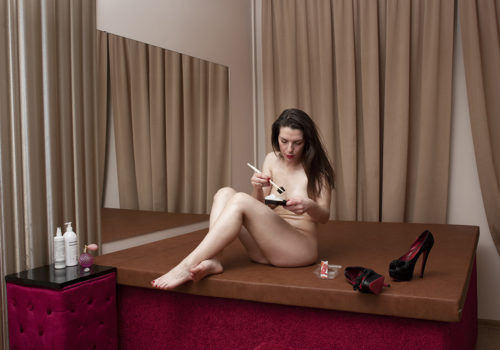According to the Erotik Gewerbe Deutschland (also known as UEGD, the German Employers’ Association of Erotic Companies) it is estimated that, today in Germany there are about 3,000/3,500 brothels while the labor unions estimate that prostitution produces an annual turnover of about 20 billion euros.
In 2001 the Bundestag approved the legislation that made of Germany the biggest market of “protected by law” prostitution within the European Union (EU). The aim was to protect sex workers by giving them access to health insurance programs, unemployment and retirement benefits against the containment of sex exploitation, human trafficking and the other criminal activities related to the practice of the profession in a context of illegality.
Nowadays, after more than ten years, sex job reappeared as a discussion topic of the national dialectic in which sex workers feel the needs of defending all those rights conquered against more repressive intentions, in a country that has become one of the favorite destination for the so-called sex migrants: providers of services from all over the world attracted by the chance to practice a recognized and protected profession within a large and complex universe including porno performers, web cam girls, tantra masseuse and dominatrix.
The necessity in understanding this issue originated with an in depth research in the most important photo-journalistic agencie’s archives: the common representation of the sex workers usually depicts them as trapped in an ambiguous iconography and forcedly pushed into a collective imagination that has to do more with stereotypes than with real people playing their part in the German society.
The project aims to build a non-stigmatized documentation of the contemporary different professional figures belonging to the “Sex Workers” definition, with portraits that shows their ordinary daily life in the place where they live as well as in the place where they work.
http://www.lorenzomaccotta.com
















